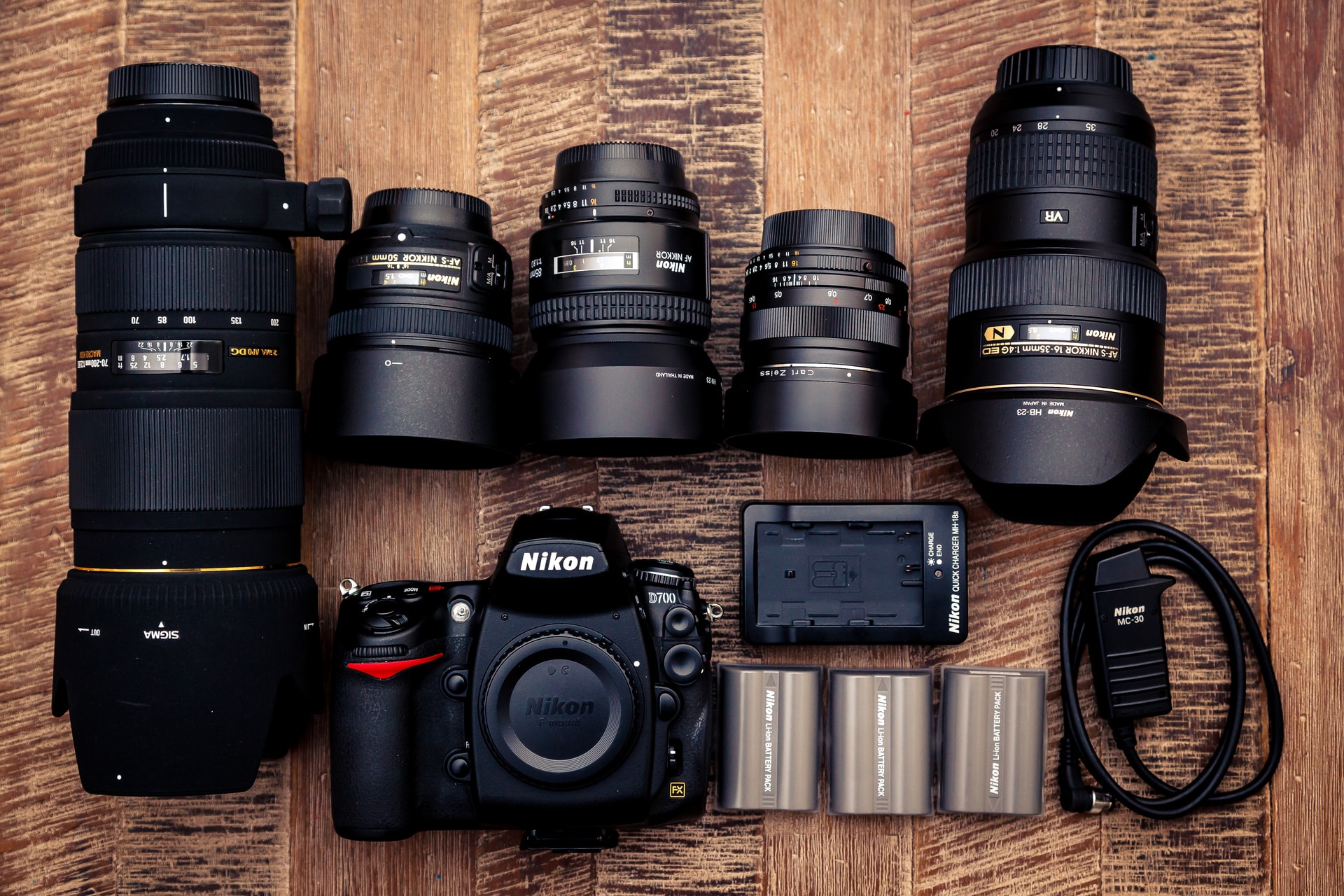Top Tips for Photographing Nature and Wildlife
Photographing nature and wildlife offers a unique opportunity to capture the beauty and diversity of our natural world. However, it also presents distinct challenges that require both technical skill and creative vision.
This article provides top tips to help you excel in nature and wildlife photography, ensuring you capture stunning images while respecting the environment and its inhabitants.
Understanding Your Equipment
Choose the Right Camera and Lens
 The right equipment is crucial for capturing high-quality nature and wildlife photographs. A DSLR or mirrorless camera with a fast autofocus system and high frame rate is ideal for capturing moving subjects. Lenses are equally important; a telephoto lens (300mm or higher) is essential for photographing distant wildlife, while a macro lens is perfect for capturing intricate details of flowers and insects.
The right equipment is crucial for capturing high-quality nature and wildlife photographs. A DSLR or mirrorless camera with a fast autofocus system and high frame rate is ideal for capturing moving subjects. Lenses are equally important; a telephoto lens (300mm or higher) is essential for photographing distant wildlife, while a macro lens is perfect for capturing intricate details of flowers and insects.
Master Your Camera Settings
Understanding your camera settings is key to taking great photos. Use aperture priority mode to control depth of field, keeping your subject in sharp focus while blurring the background. Shutter speed is critical for freezing motion; a faster shutter speed (1/1000 or higher) is necessary for capturing fast-moving animals. Additionally, familiarize yourself with ISO settings to ensure your images are well-exposed, even in low light conditions.
Invest in a Sturdy Tripod
A tripod is an invaluable tool for nature photography, providing stability and allowing you to use slower shutter speeds without camera shake. Look for a lightweight yet sturdy tripod that you can easily carry on hikes. For wildlife photography, a monopod can be a more portable option, offering support while giving you the flexibility to move quickly.
Preparing for the Field
Research Your Location
Researching your location before heading out can significantly increase your chances of capturing great images. Learn about the wildlife species that inhabit the area, their behaviors, and the best times to photograph them. Understanding the landscape will also help you identify the best spots for sunrise and sunset shots, as well as potential vantage points.
Dress Appropriately
Dressing appropriately for the environment is crucial for comfort and safety. Wear layered clothing to adapt to changing weather conditions, and choose neutral colors that blend into the surroundings to avoid startling wildlife. Good quality hiking boots and insect repellent are also essential for fieldwork.
Pack Essential Gear
In addition to your camera and lenses, pack essential gear such as extra batteries, memory cards, a lens cleaning kit, and a rain cover for your equipment. A field guide to local wildlife can also be helpful for identifying species and understanding their behavior. Don’t forget snacks, water, and a first-aid kit for longer outings.
Techniques for Capturing Stunning Shots

Be Patient and Observant
Patience is a virtue in nature and wildlife photography. Spend time observing your subjects to understand their behavior and anticipate their actions. This will help you capture more natural and compelling images. Stay still and quiet, blending into the environment to avoid disturbing the animals.
Use Natural Light to Your Advantage
Natural light can dramatically enhance your photos. The golden hours—shortly after sunrise and before sunset—provide soft, warm light that is perfect for nature photography. Overcast days can also be beneficial, as the diffused light reduces harsh shadows and brings out colors in your subjects.
Focus on Composition
Composition is key to creating visually appealing images. Use the rule of thirds to position your subject off-center, creating a more balanced and interesting photo. Leading lines, such as rivers or trails, can guide the viewer's eye through the image. Experiment with different angles and perspectives to add depth and dimension to your shots.
Capture Action and Interaction
Photographing animals in action or interaction adds a dynamic element to your images. Capture birds in flight, deer grazing, or animals interacting with their environment or each other. Use continuous shooting mode to increase your chances of getting the perfect shot during fast movements.
Ethical Considerations and Environmental Responsibility
Respect Wildlife and Their Habitats
Ethical considerations are paramount in wildlife photography. Always maintain a safe and respectful distance from animals to avoid causing them stress or altering their natural behavior. Use a telephoto lens to get close-up shots without intruding on their space.
Leave No Trace
Practicing Leave No Trace principles is essential to preserve natural habitats. Stay on marked trails, dispose of waste properly, and avoid disturbing plants and animals. Your presence should have minimal impact on the environment.
Support Conservation Efforts
Consider how your photography can support conservation efforts. Share your images to raise awareness about the importance of preserving natural habitats and wildlife. Collaborate with conservation organizations to use your photos for educational and advocacy purposes.
Conclusion
Nature and wildlife photography is a rewarding pursuit that combines technical skill, creativity, and a deep respect for the natural world. By understanding your equipment, preparing thoroughly, employing effective techniques, and adhering to ethical practices, you can capture stunning images that highlight the beauty and diversity of nature. Remember, the goal is not only to take great photos but also to appreciate and protect the environment and its inhabitants.
Sources
- National Geographic Photography Tips
- BBC Wildlife Photographer's Guide
- Professional Photography Blog
- Outdoor Photographer Magazine
- Nature Photographers Network
- Digital Photography School
- Wildlife Conservation Society
- Leave No Trace Center for Outdoor Ethics


































